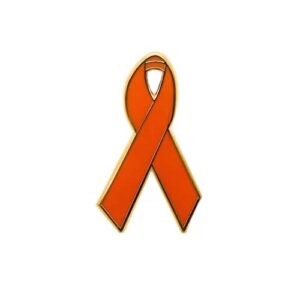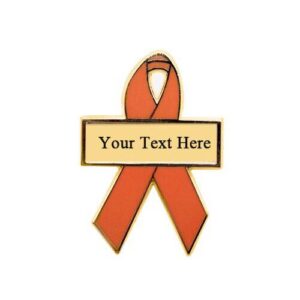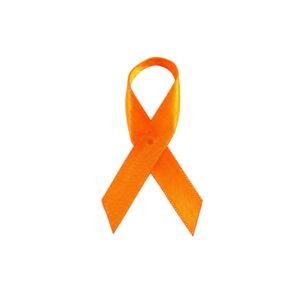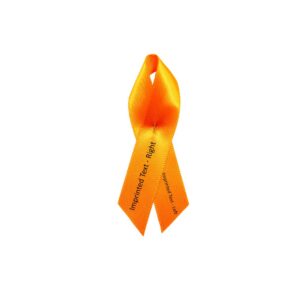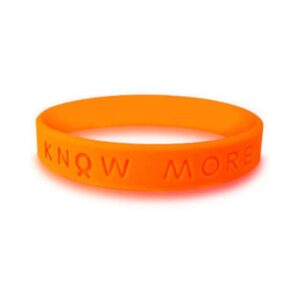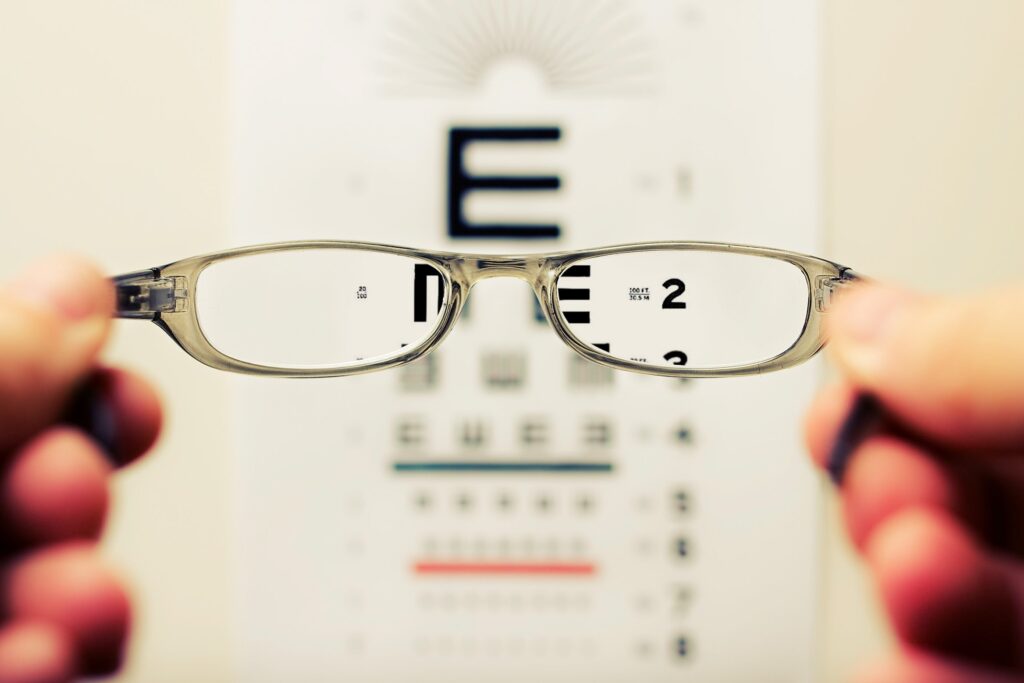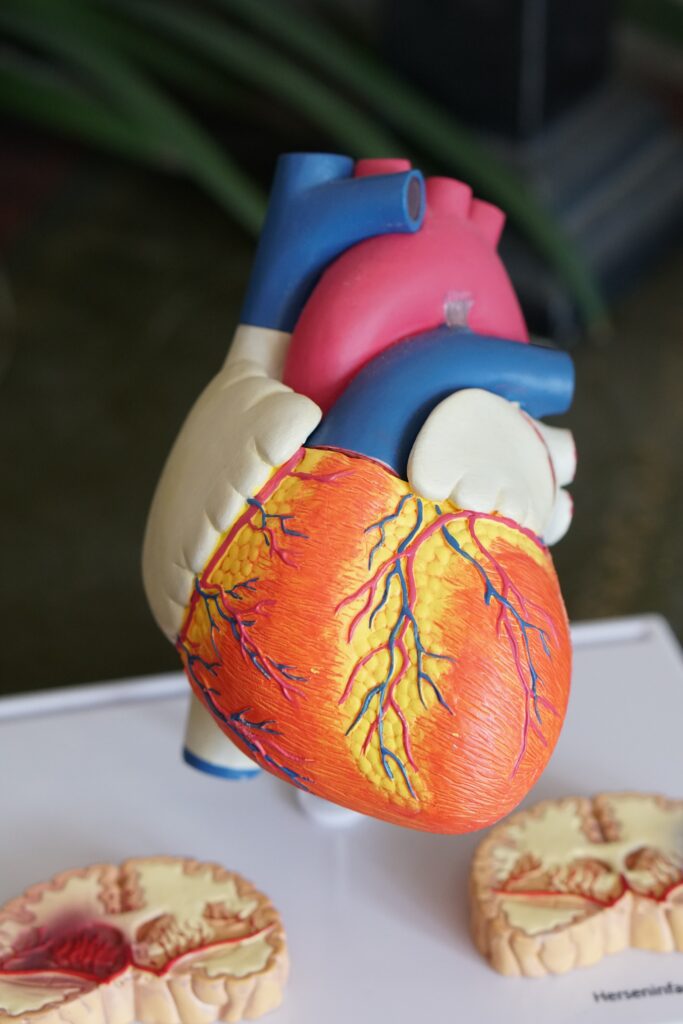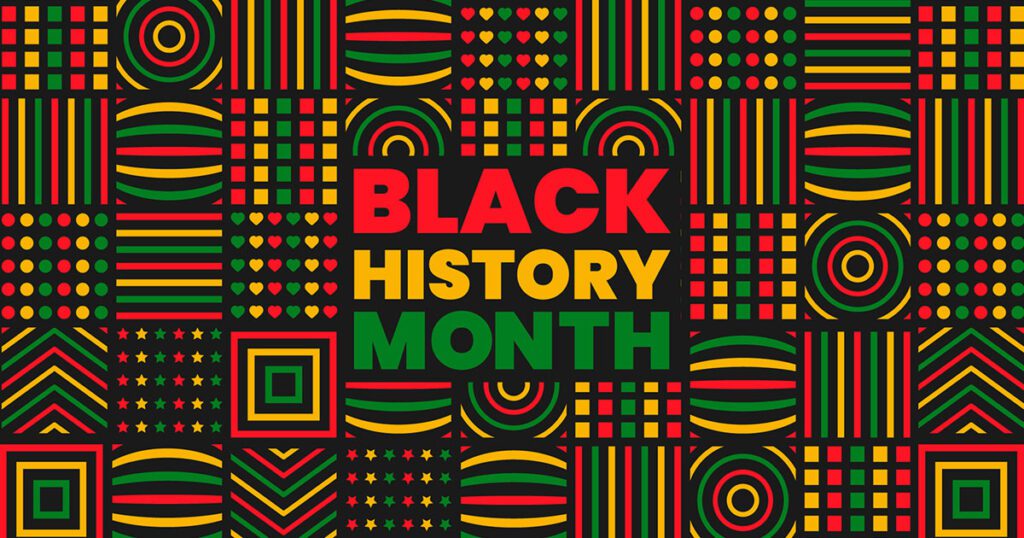
Teen Dating Violence Prevention Month
February 1, 2028

What Is Teen Dating Violence Prevention Month?
February is National Teen Dating Violence Awareness and Prevention Month (TDVAM). The color associated with National Teen Dating Violence Awareness and Prevention is orange. Teen Dating Violence is an issue that impacts everyone, not just teens. For example, it also affects their parents, teachers, friends and communities. Together, we can raise the nation’s awareness about teen dating violence. This, in turn, promotes safe, healthy relationships.
It is estimated that 1 in 10 teens will experience dating violence. For this reason, we all must take this opportunity to amplify our efforts. And to shine a spotlight on this important issue. Wear an orange enamel awareness ribbon pin, orange fabric ribbon, or orange silicone wristband to call attention to Teen Dating Violence Prevention Month.
What Is the Impact of Teen Dating Violence Prevention Month?
Nationwide, youth age 12 to 19 experience the highest rates of rape and sexual assault. In addition, studies show that approximately 10% of adolescents report being the victim of physical violence. This is at the hands of an intimate partner during the previous year. Girls are particularly vulnerable to experiencing violence in their relationships. For example, they are more likely to suffer long-term behavioral and health consequences, including suicide attempts, eating disorders, and drug use.
Furthermore, adolescents in abusive relationships often carry these unhealthy patterns of violence into future relationships. Indeed, children who are victimized or witness violence frequently bring this experience with them. This includes to the playground, classroom, and later into teen relationships. As a result, they can end up the victims and perpetrators of adult intimate partner violence.
How Do I Participate?
During Teen Dating Violence Awareness and Prevention Month (TDVAM), we call awareness to this issue to break the cycle of violence.
The following activities represent just a few of the ways that everyone can, and hopefully will, engage in this work:
- TeenDVmonth Toolkit – The toolkit provides adult allies with resources to engage communities. We engage youth in discussions about healthy relationships.
- Safety Planning Guide – The interactive planning guide allows youth to create a personalized safety plan. This includes for work, school, home and while out with a partner. It also provides tips, local resources, and a pocket-sized personalized safety checklist.
- That’s Not Cool Ambassador Program – The Ambassador Program is a unique opportunity for teens to raise awareness with friends, family, and the community at large. By completing monthly challenges, That’s Not Cool Ambassadors contribute to this national initiative. Further, they help others raise awareness about digital dating abuse in their schools and local communities. All teens and tweens across the country are invited to join this Futures Without Violence initiative.
Other Ways to Participate
- Preventing and Responding to Teen Dating Violence– This collection of materials emphasizes collaborative and multilevel approaches to the prevention of and response to teen dating violence.
Information included relates to:
- Young people.
- Parents and care takers.
- Men and boys.
- Teachers and school-based professionals.
- Health care professionals.
- Domestic violence and sexual violence service providers.
Runaway & Homeless Youth and Relationship Violence Toolkit– This toolkit was developed by and for advocates. The programs address relationship violence among youth who have run away from home, are living on the streets or are homeless. Sections of the toolkit include key terms and definitions, research and resources, a look at each field, recommendations for building partnerships and services, sample materials, and help for teens in need.
Blog! Tweet! Or Participate in a Teen Dating Violence Prevention Month Webinar!
The Family Violence Prevention and Services Program at the Administration for Children and Families is working to bring visibility to the work of advocates, the strength of victims, and the Federal initiatives addressing this pervasive issue by hosting social media events and webinars throughout the month of February.
Talk to Teens!
Everyone can make a difference by reaching out to young people in simple ways:
- Discuss the warning signs of dating abuse (all kinds, not just physical abuse).
- Create a positive connection to the issue – talk about the characteristics of healthy teen relationships, not just abusive ones and use statistics sparingly.
- Talk about how the media portrays healthy and unhealthy relationships. For example, many popular movies, TV shows, commercials, books, and magazines portray stalking as romantic or harmless when it is actually very dangerous.
- Get involved even if you don’t have a lot of resources. This includes an information table, classroom discussion, or school announcement to get the conversation started.
How Do I Get Help?
If you know of a teen or parent who could benefit from speaking to a caring, well-trained peer advocate, please connect them with the National Dating Abuse Helpline. This is a project of the National Domestic Violence Hotline, at 1-866-331-9474 (TTY: 1-866-331-8453), by texting “loveis” to 77054, or through live chat at loveisrespect.org.
For more information, please visit the Department of Justice, Office on Violence Women.

